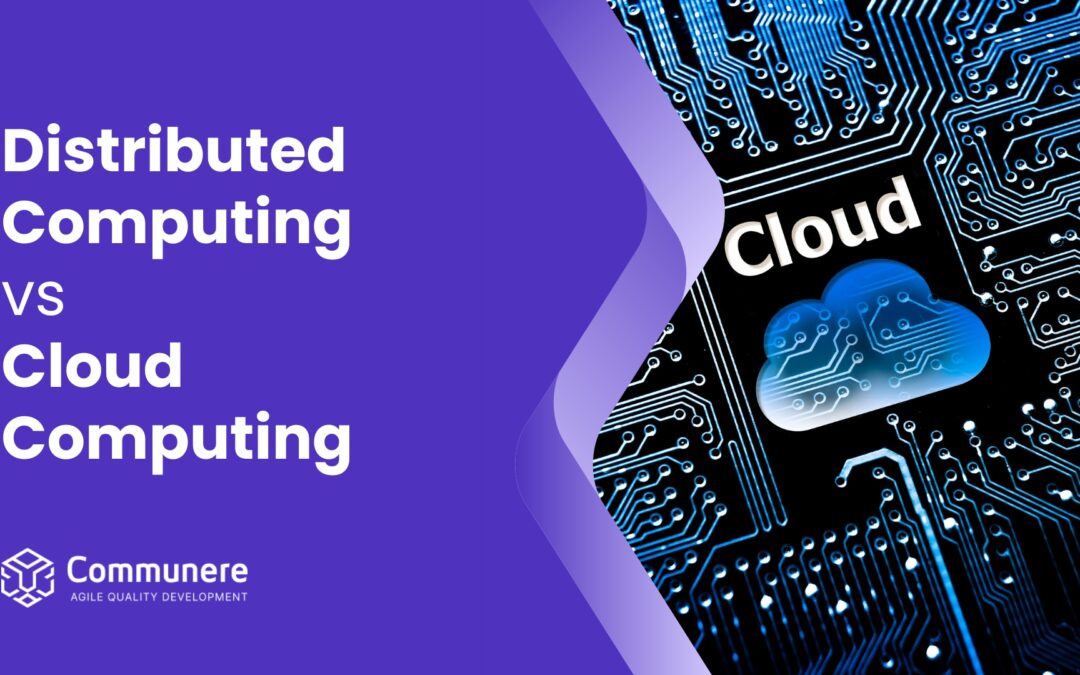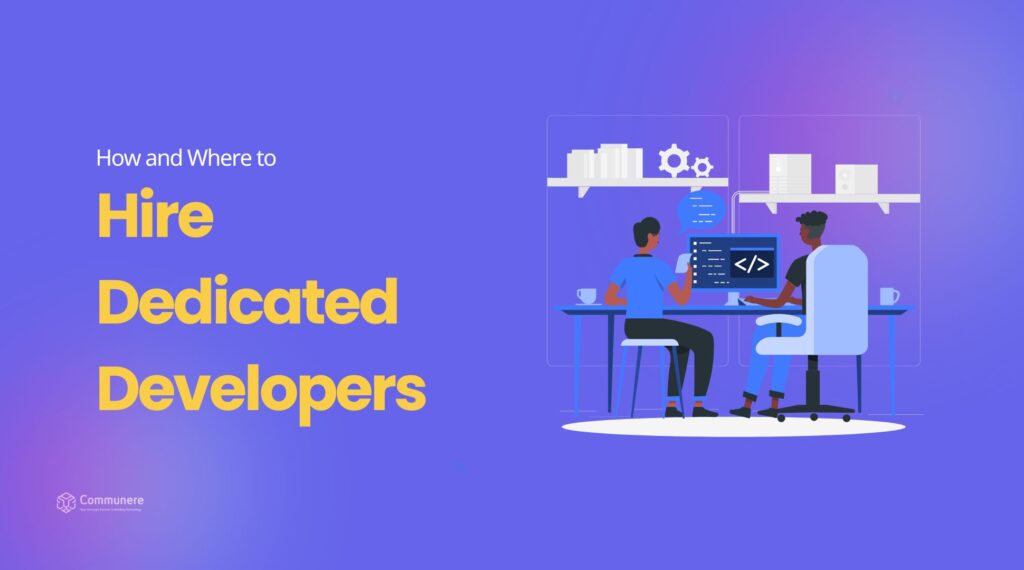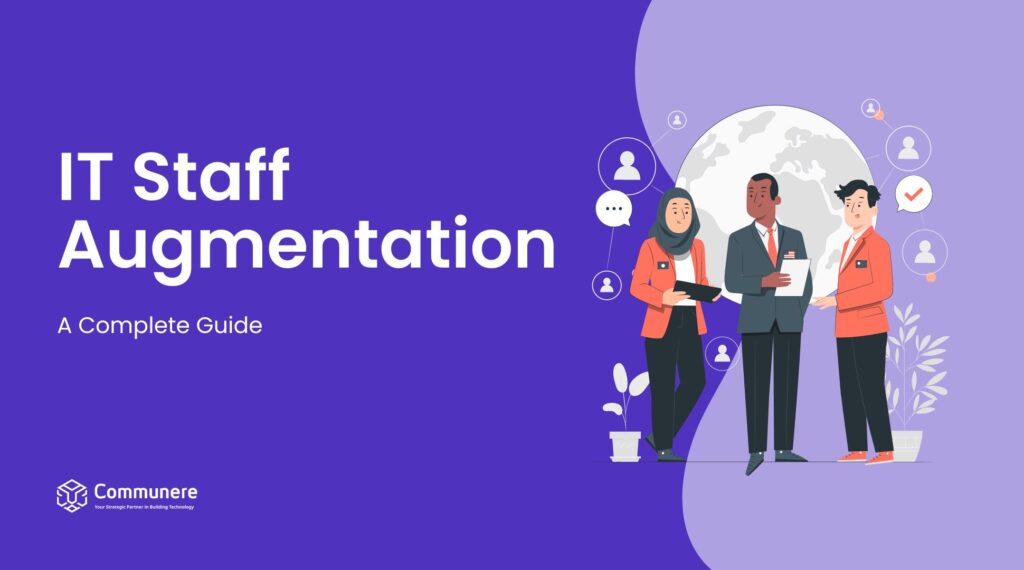In the past 20 years, computer network technologies have undergone essential advancements and changes. The networking of computers has resulted in several innovative advances in computing technologies, including Distributed Computing and Cloud Computing. The Internet is currently the most widely used computer network.
In this article, we are going to discuss what are Cloud and Distributed computing and what are their purposes and usages. The terms distributed systems and cloud computing systems are used to describe somewhat different things but, their underlying concepts are the same.
Table of Contents
Cloud Computing
Cloud computing provides on-demand IT resources/services like servers, storage, databases, networking, analytics, software, etc. over the internet. It is a computing technique that delivers hosted services over the internet to its users/customers. Cloud computing provides services such as hardware, software, and networking resources through the Internet. Some characteristics of cloud computing are providing a shared pool of configurable computing resources, on-demand service, pay-per-use, provisioned by the Service Providers, etc.
In an overview, cloud computing can be classified into three different types:
Public cloud
Public clouds are owned and operated by third-party cloud service providers, which deliver computing resources like servers and storage over the Internet. Microsoft Azure is an example of a public cloud. With a public cloud, all hardware, software, and other supporting infrastructure is owned and managed by the cloud provider. You access these services and manage your account using a web browser.
Private cloud
A private cloud refers to cloud computing resources used exclusively by a single business or organization. A private cloud can be physically located in the company’s onsite data center. Some companies also pay third-party service providers to host their private cloud. A private cloud is one in which the services and infrastructure are maintained on a private network.
Hybrid cloud
Hybrid clouds combine public and private clouds, bound together by technology that allows data and applications to be shared between them. By allowing data and applications to move between private and public clouds, a hybrid cloud gives your business greater flexibility and more deployment options and helps optimize your existing infrastructure, security, and compliance.
Community cloud
A community cloud in computing is a collaborative effort in which infrastructure is shared between several organizations from a specific community with common concerns (security, compliance, jurisdiction, etc.), whether managed internally or by a third party and hosted.
Most cloud computing services fall into four broad categories: infrastructure as a service (IaaS), platform as a service (PaaS), serverless, and software as a service (SaaS). These are sometimes called the cloud computing “stack” because they build on top of one another. Knowing what they are and how they’re different makes it easier to accomplish your business goals.
Distributed Computing
Distributed computing refers to solving a problem over distributed autonomous computers and they communicate between them over a network. It is a computing technique that allows multiple computers to communicate and work to solve a single problem. Distributed computing helps to achieve computational tasks faster than using a single computer as it takes a lot of time. Some characteristics of distributed computing are distributing a single task among computers to progress the work at the same time, Remote Procedure calls, and Remote Method Invocation for distributed computations.
It is classified into 3 different types:
Distributed Computing Systems
This distributed system is used in performance computation which requires high computing.
Cluster Computing: Cluster Computing is a collection of connected computers that work together as a unit to perform operations, functioning in a single system. Clusters are generally connected quickly via local area networks & each node is running the same operating system.

Distributed Information Systems
Distributed transaction processing: It works across different servers using multiple communication models. The four characteristics that transactions have:
- Atomic: the transaction taking place must be indivisible to the others.
- Consistent: The transaction should be consistent after the transaction has been done.
- Isolated: A transaction must not interfere with another transaction.
- Durable: Once an engaged transaction, the changes are permanent. Transactions are often constructed as several sub-transactions, jointly forming a nested transaction.
Each database can perform its query containing data retrieval from two different databases to give one single result
In the company’s middleware systems, the component that manages distributed (or nested) transactions has formed the application integration core at the server or database. This was referred to as the Transaction Processing Monitor(TP Monitor). Its main task was to allow an application to access multiple servers/databases by providing a transactional programming model. Many requests are sent to the database to get the result, to ensure each request gets successfully executed and deliver result to each request, this work is handled by the TP Monitor.
Distributed Pervasive System
Pervasive Computing is also abbreviated as ubiquitous (Changed and removed) computing, and it is the new step towards integrating everyday objects with microprocessors so that this information can communicate. a computer system available anywhere in the company or as a generally available consumer system that looks like that same everywhere with the same functionality but that operates from computing power, storage, and locations across the globe.
Home system: Nowadays many devices used in the home are digital so we can control them from anywhere and effectively.

Sensor Network (IoT devices): Internet devices only send data to the client to act according to the data sent to the device.
In a general view, we can describe distributed and cloud computing differences using this table:
| S.No. | CLOUD COMPUTING | DISTRIBUTED COMPUTING |
| 01. | Cloud computing refers to providing on demand IT resources/services like server, storage, database, networking, analytics, software etc. over internet. | Distributed computing refers to solve a problem over distributed autonomous computers and they communicate between them over a network. |
| 02. | In simple cloud computing can be said as a computing technique that delivers hosted services over the internet to its users/customers. | In simple distributed computing can be said as a computing technique which allows to multiple computers to communicate and work to solve a single problem. |
| 03. | It is classified into 4 different types such as Public Cloud, Private Cloud, Community Cloud and Hybrid Cloud. | It is classified into 3 different types such as Distributed Computing Systems, Distributed Information Systems and Distributed Pervasive Systems. |
| 04. | There are many benefits of cloud computing like cost effective, elasticity and reliable, economies of Scale, access to the global market etc. | There are many benefits of distributed computing like flexibility, reliability, improved performance etc. |
| 05. | Cloud computing provides services such as hardware, software, networking resources through internet. | Distributed computing helps to achieve computational tasks more faster than using a single computer as it takes a lot of time. |
| 06. | The goal of cloud computing is to provide on demand computing services over internet on pay per use model. | The goal of distributed computing is to distribute a single task among multiple computers and to solve it quickly by maintaining coordination between them. |
| 07. | Some characteristics of cloud computing are providing shared pool of configurable computing resources, on-demand service, pay per use, provisioned by the Service Providers etc. | Some characteristics of distributed computing are distributing a single task among computers to progress the work at same time, Remote Procedure calls and Remote Method Invocation for distributed computations. |
| 08. | Some disadvantage of cloud computing includes less control especially in the case of public clouds, restrictions on available services may be faced and cloud security. | Some disadvantage of distributed computing includes chances of failure of nodes, slow network may create problem in communication. |




![Why Custom Web Development is the Best Approach [2024]](https://resources.communere.com/wp-content/uploads/2024/02/Why-Custom-Web-Development-is-the-Best-Approach-1024x570.jpg)

